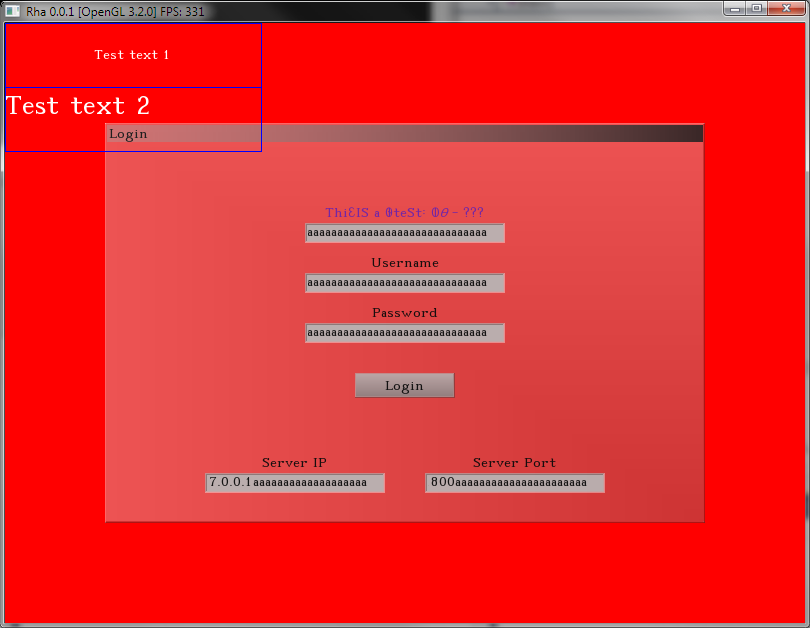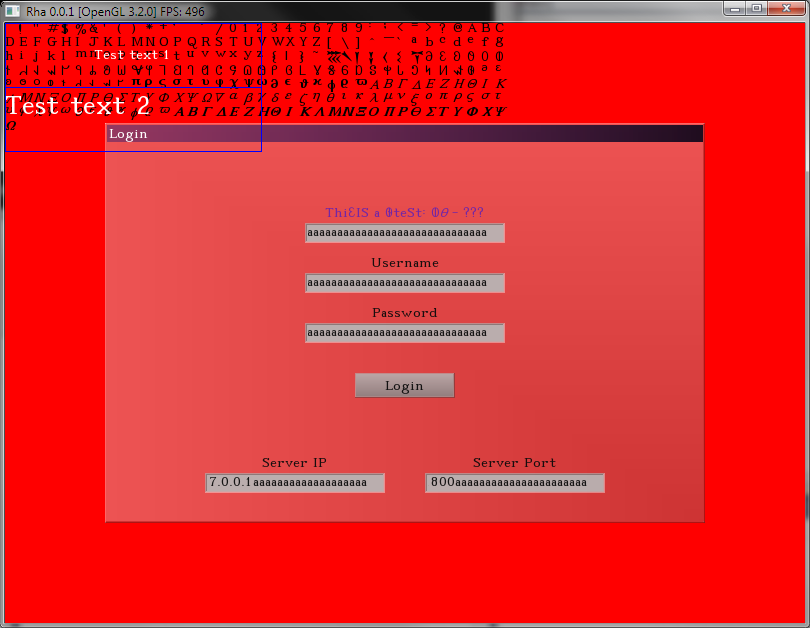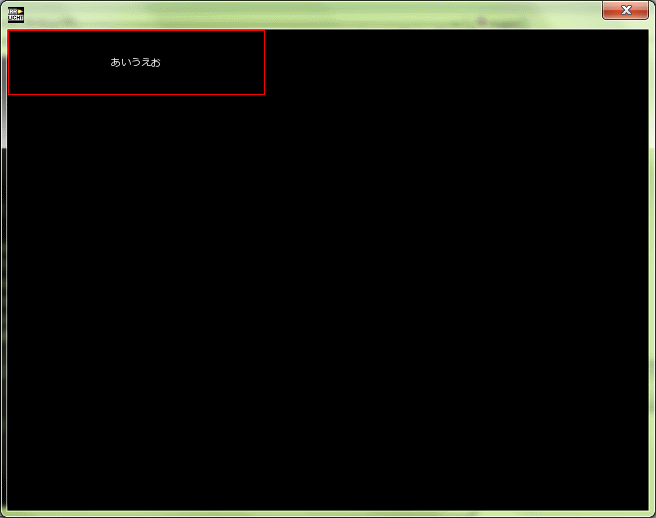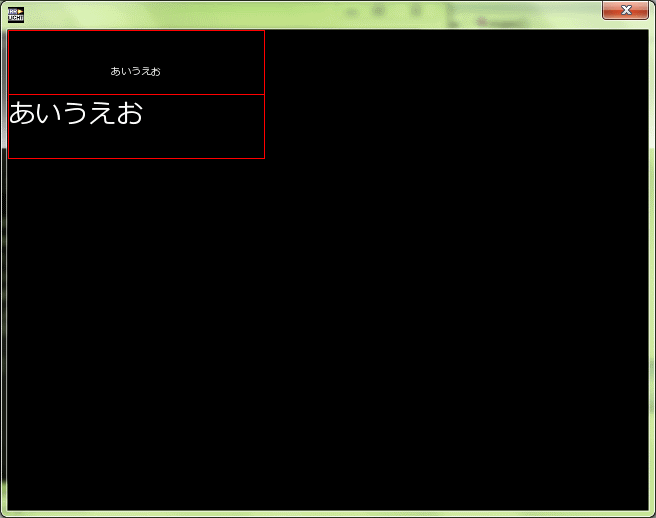Alright, I'm releasing my new version of CGUITTFont now. It uses batched drawing like the normal IGUIFont class.
You can download it via the link in the OP.
Compared to the test version in my last post, this new one fixes some bugs that I found as well as pre-loads the first 127 ascii characters.
Because of the change in how the class draws the glyphs, the grayscale glyph mode won't look correct in the
EDT_SOFTWARE renderer, as that renderer doesn't support color blending on the alpha channel. In the future, I may get around to adding that feature back in, but for now, if you need a software renderer that displays grayscale fonts correctly, just use the
EDT_BURNINGSVIDEO renderer.
Old CGUITTFont:

New CGUITTFont:

I get a 165 frames/second increase with the new class. I call
yield() every loop. The second image also shows the full font texture as created by the class.
________
EDIT:
Fixed a small memory leak when a font was destructed.
Updated the link in the OP.



